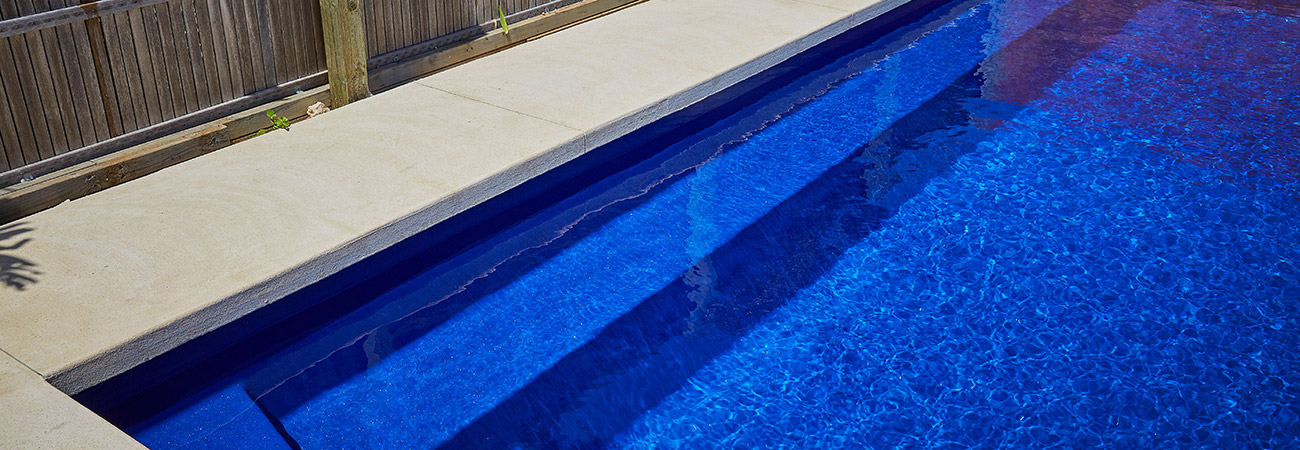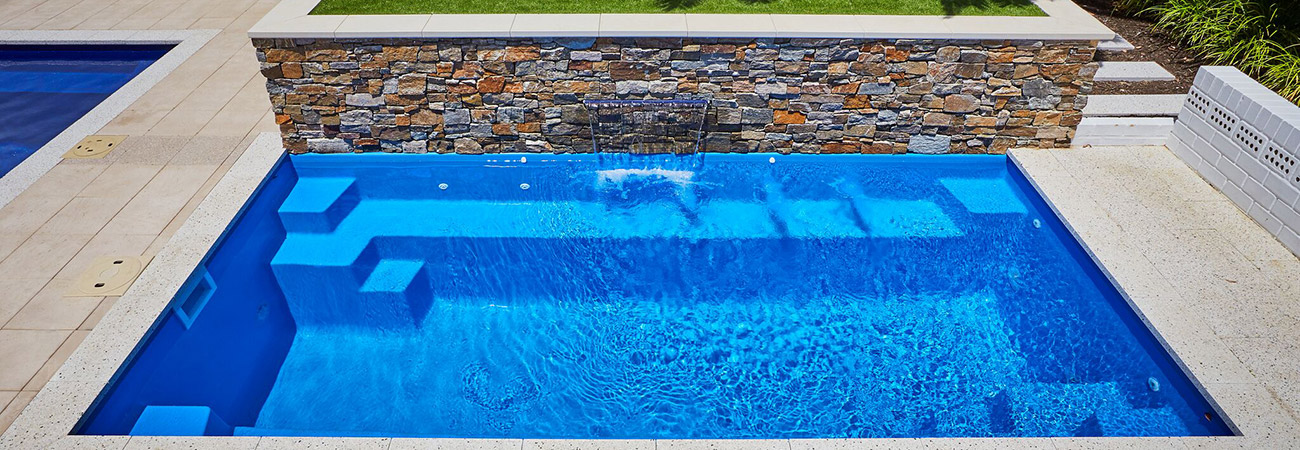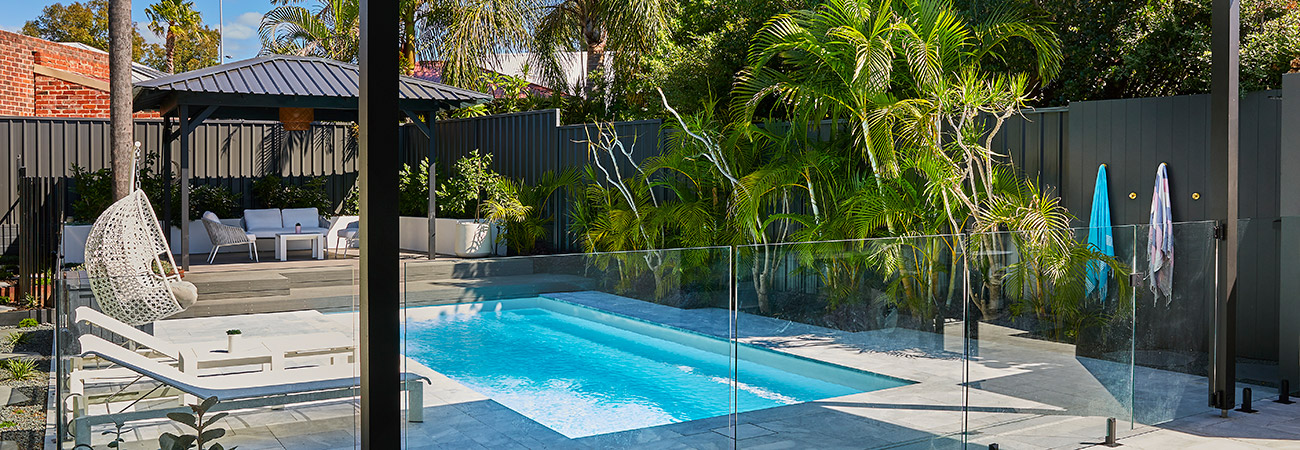How Often Do I Need To Shock My Fibreglass Pool?
Pool maintenance is the most important aspect of pool ownership and must always be considered prior to a pool installation. After a successful installation of your fibreglass pool, it is only natural that you would want to forget the hassle and enjoy a soothing dip in the water.

However, if you want your pool to have a long life and your pool water to remain healthy, regular maintenance is a must. Apart from regular cleanups, pool owners should also be mindful about when it is time to shock their pools. We’ll discuss in detail what pool shock means, how it is beneficial and how often you should shock your pool for optimal disinfection.
What is Pool Shock?
Pools require chlorine to keep their water hygienic and free of any bacterial growth. Chlorine level is not always stable and fluctuates with pool activity and the when number of people in the pool changes. Pool shock is a form of chlorine that aims at a tenfold increase in the concentration of chlorine in the water.
It comes in two forms- liquid and granular. Granular chlorine is widely used because it is often stronger and more economical than its counterpart. Liquid shock can be added directly to the water, while granular shock usually needs to be first dissolved in water and is then added to the pool. Both shocks work extremely well, and the choice depends on the owner’s personal preference.
How it Works
Through pool shock, owners aim at reaching the level of breakpoint chlorination. Chlorine keeps the water’s pH level at very low, but contaminants and over usage of the pool can break that balance. When chlorine levels in the water decrease drastically, the pool becomes vulnerable to algae and harmful bacterial growth.
Pool shock prevents this from happening and even reverses the effects of bacteria and contamination. It does this by increasing the level of chlorine in the water while keeping the pH level from decreasing. As the chlorine shock works, it increases the level of free chlorine to ten times the level of combined chlorine in the water. It decreases the level of combined chlorine and makes the water safe for use.
How Often it Should be Shocked
On average, pool owners are advised to shock their pools at least once a week. This is recommended with the assumption that your pool is used regularly but without exceeding the average limit of use. You might need to shock your pool more frequently depending on a number of other circumstances, which we will discuss shortly.
If once a week is too much or not possible due to some personal reason, pool owners should definitely try to shock every other week. It is imperative for maintaining the chemical balance and health of your pool.

How to Shock Your Pool
Whether liquid or granular, the pool shock should be poured along the perimeter of the pool. Make sure that your filter is running while you do so. This ensures that it spreads quickly and homogenously across the entire pool.
Ideal Time for Pool Shock
It is advised that you shock your pool once the sun goes down. It allows the shock to work more effectively and you can ensure that no one goes near the area at night. The sun’s UV rays dissolve most of the chlorine before it has a chance to oxidize and disinfect the pool.
When You Need to Shock Your Pool
Apart from a weekly pool shock, there are other circumstances as well where the owner might have to decontaminate it.
Too Much Pool Activity
With many swimmers in the pool, the chlorine gets used up at a much faster rate. This leads to a decrease in chlorine levels and an increase in bacteria. It is recommended that pool owners use shock after heavy usage.

When the Weather Has Been Consistently Hot
Hot weather can increase the temperature of your pool. Heat promotes bacterial growth while simultaneously decreasing the effectiveness of chlorine in the water. During summers, it is always a good idea to use shock when temperatures have been increasingly hot for a while. It may also mean that you would have to shock twice a week even if there aren’t as many active swimmers in the pool.
It is also during the summers that pools are most used, so it is only natural that they would require more careful maintenance during this time.
Before Opening Your Pool for the Season
As the climate changes and the weather gets hotter, it is time to reopen the pools and enjoy dips in the cold water. However, before you get your pool up and running, it is a wise choice to disinfect it with shock. Any bacteria or algae that might have grown in the pool during months of non-usage will require stronger chemical. A regular level of chlorine in the pool will not be of much help in this case.
With the tenfold increase in free chlorine in the water, algae and bacteria are eradicated at a faster rate, meaning you can enjoy your pool safely.
When the water Irritates your Skin Or the Eyes; A very Noticeable Smell of Chlorine
It is a general assumption that when our eyes burn in the water, it is due to a large amount of chlorine. Though it may be the case, more often than not, this irritation occurs due to an increase in the level of chloramines or combined chlorine in the pool water.
It is this combined chlorine that also leads to an increase in the smell of chlorine that is often mistaken for free chlorine. It’s not safe to swim in water that has a large amount of combined chlorine or where the level of total chlorine is greater than free chlorine. Shock reverses this and brings up the level of free chlorine in the water. As it works, the combined chlorine gradually decreases, and the water becomes safe for swimming in.

Before Closing the Pool
After every pool season, it is a must that the pool should be thoroughly cleaned and then closed. Pool shock is an important part of this cleaning process. This ensures that your pool is free of bacteria, and it would be easier to open it once the pool season comes back. Learn more about the 5 best ways to clean your pool!
After Heavy Rain
Rain increases the pH level of a pool and may even bring in contaminants. Rainwater is not clean and the change in pH balance makes your pool more vulnerable.
Pool shock is a part of pool maintenance that focuses on keeping the water that you swim in always safe. Though the recommended amount of times you should shock is once per week, they may also change as per your personal circumstances. The important thing here is that you know what’s best for your pool and work accordingly. It also helps to consult an expert and seek their advice. They have experience in their field, and they would know what your pool needs. It is also imperative that you follow all safety instructions written on its label while using shock. People are advised to stay away from shock water for at least 24 hours before diving in. This gives the chemical ample time to work, and your pool water will be as good as fresh.

